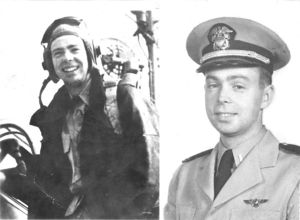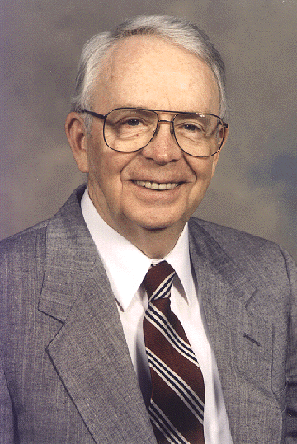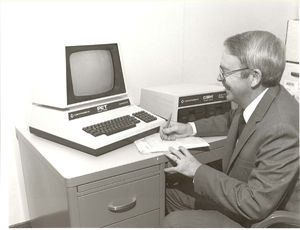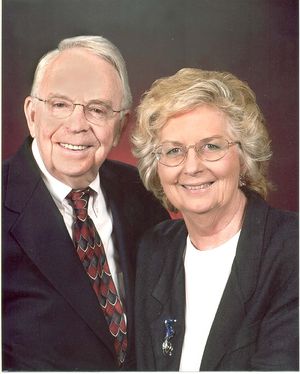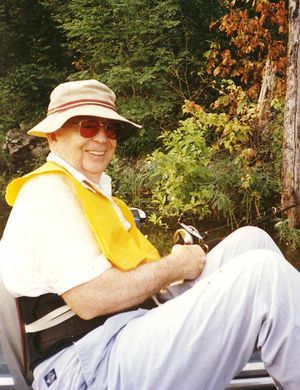User:Trcpep
Thomas R. Cuthbert, Jr., Ph.D.
Professional Engineer and Pilot
This page documents what I did and who I have become over these more than 80 years.
Childhood
I was born in Nashville, Tennessee in 1928, the first of two sons of a printer and a farm girl attending Vanderbilt University. They soon moved to Chattanooga, where I grew up building radios, working at radio stations and a parts store, flying airplanes from age 16, and completing Chattanooga High School in 1946.
Education and Flight
I entered M.I.T. in 1946 and was President of the M.I.T. Flying Club in 1948. I was threatened with the military draft in 1949, so I then volunteered for U.S. Navy Pilot training and became a pilot and officer in 1950.
I spent over seven years active duty flying all kinds of airplanes, airships, and free balloons as well as running an aviation electronics maintenance division and later teaching electronics and airship construction to Navy Pilots. I flew in the Naval Reserve in Atlanta from 1956 to 1959 while attending Georgia Tech and obtaining a BSEE degree with Highest Honors.
Work and Education
Collins Radio hired me in 1959 in Cedar Rapids, Iowa and soon moved my family to their Richardson, Texas plant in North Dallas. I worked directly with company founder Author Collins on a variety of RF projects (click here for one story). Collins sent me to Southern Methodist University in Dallas with full pay, tuition, and two days off each week for two semesters each year to obtain an MSEE and Ph.D. starting in 1966. Rockwell International bought Collins Radio in 1971 and I moved to Texas Instruments in Richardson in 1972, working on aircraft terrain-following radar circuits before returning to Rockwell Collins in 1974. I was a Senior Engineer and later Director of Advanced Technology in the Microwave Division.
Computing
My computing experience started with an IBM 650 computer in 1959, followed by IBM and CDC main frames, usually involving the FORTRAN programming language.
At all workplaces, I strongly urged engineers to buy their own computers, beginning in the mid-seventies with handheld computers with some stored- program memory and especially in 1977 when the Commodore PET computer was introduced. The defense industry was always up-and-down about every three years with engineers getting laid off frequently and having to go to other companies, so I urged every engineer I met to create and collect computer programs for their own professional advantage. The personal computer enabled the engineer to retain the tools of his trade instead of being left at his former company. In 1981 when the IBM PC first appeared, I persuaded Rockwell Collins to let our engineers buy these PCs by way of payroll deduction; the program reached more than $1 million before clamor by those not eligible finally ended that perk. Click here for details.
Multiple Retirements
After retiring from Rockwell Collins in 1987 I worked at E-Systems in East Dallas for 16 months before returning to Texas Instruments, retiring from TI in 1991. While the Collins work involved low frequency and guided-wave circuit design, the TI work involved gallium arsenide circuits in the S and X frequency bands. My expertise has focused on mostly passive circuit design, especially broadband impedance matching. Related strengths in numerical analysis and especially nonlinear programming (optimization) greatly enhanced my contributions.
Writing and Teaching
Documenting design techniques in my fields of interest has been a hallmark of my career. I wrote 43 internal company working papers, mainly in Collins Radio, and many articles in trade magazines, mainly in RF Design magazine. John Wiley in New York published my two 500-page books in 1983 and 1987: Circuit Design Using Personal Computers download searchable PDF of Circuit Design book and Optimization Using Personal Computers download searchable PDF of Optimization book. I published my third 250-page book in 1999: Broadband Direct-Coupled and Matching RF Networks download PDF of Matching book. These books were the basis of my teaching graduate courses at S.M.U. (1983-1988) as well as the seminars I taught in various companies in the US, Canada, and UK after my last retirement in 1991. I presented circuit-design papers in Geneva, Switzerland and Paris, France at IEEE and EUMW symposia in 2000. The details of all my activities can be found on my professional web site - http://trcpep.com.
Retired
So, here I am at age 81 in 2009 doing creative work of many kinds using my extensive computing equipment and library. I have documented the History of Broadband Impedance Matching (click here) and also follow recent developments in addition to my own research. I have taken countless digital pictures of various city projects and prepared all manner of PowerPoint and spreadsheet illustrations to inform the public about ways to improve the quality and quantity of city water in Greenwood, Arkansas. My personal web site http://web.mac.com/trcpep/TRCPEP_Personal/Welcome.html
shows where we have lived since 1995, my fishing lakes, our Key West timeshares, and airplanes I have flown. I can be contacted by e-mail at: TRCPEP@IEEE.ORG.
